Optimize your garden with our guide on the top 10 companion plants for horseradish. Learn to boost taste, deter pests, and avoid poor pairings for a fruitful harvest.
For the best results, we will also identify 10 plants to avoid pairing with horseradish, helping you sidestep potential pitfalls in your gardening journey.
With the right knowledge and strategy, your planting efforts can yield exceptional results. Let’s dive into the fascinating world of companion planting with horseradish!
Table of Contents
Good Companion Plants For Horseradish
In this section we’re going to share with you some excellent companion plants that should be quite happy growing up next to your ginger. For each one, we’ll tell you a little about why this pairing is beneficial so that if you see one you like, you can plant it with your ginger with confidence. Let’s take a peek and we’ll see what you think!
1. Asparagus
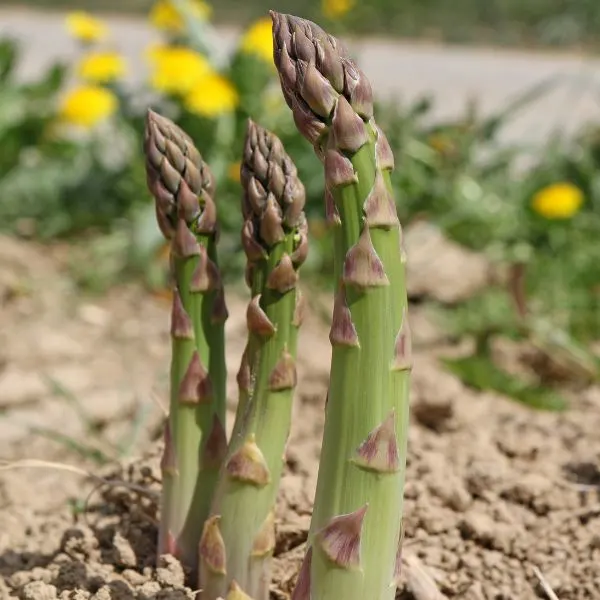
Asparagus has deep-reaching roots, but horseradish reaches even further down, especially if you let it grow unchecked! This makes asparagus and horseradish a pretty good pairing already, but when you add in that both have pest-repellent properties, then you’ve got a recipe for best buds that will grow healthy and thrive together in your garden!
2. Carrots
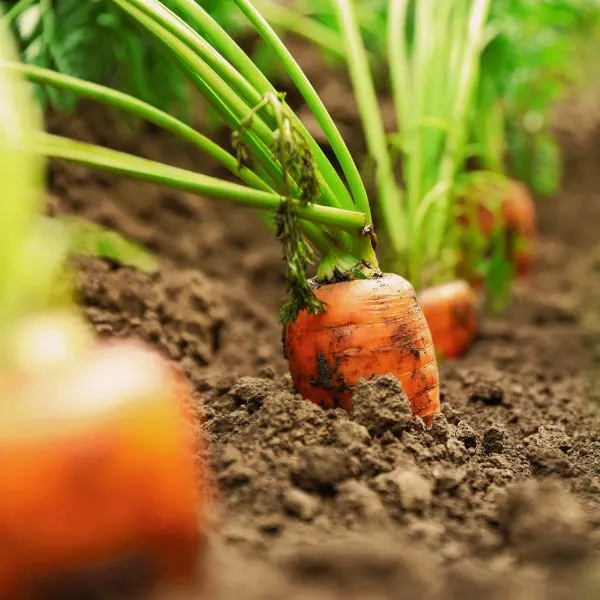
Carrots and horseradish actually have a bit of a symbiotic relationship when you put them together. While some plants are like roommates that just take from the horseradish and never ‘put something in the fridge for everyone’, it’s not that way with carrots. That’s because carrots have a nice habit of breaking up the soil that they occupy quite nicely. Plant them close together, and the horseradish can take advantage of the carrot-prepared soil, and its pest-repellant magic will keep them both safe and healthy.
3. Chives

When grown together, Chives and Horseradish are said to each enhance the flavor of the other plant in the pairing. While we can’t confirm this, we CAN say that Chives drive off aphids and lots of other pests, much as the Horseradish can chip in to do the same. That makes this pairing a nice little option to grow together and also to help instill a little of Nature’s natural protection for both these plants and the ones downwind of them!
4. Potatoes
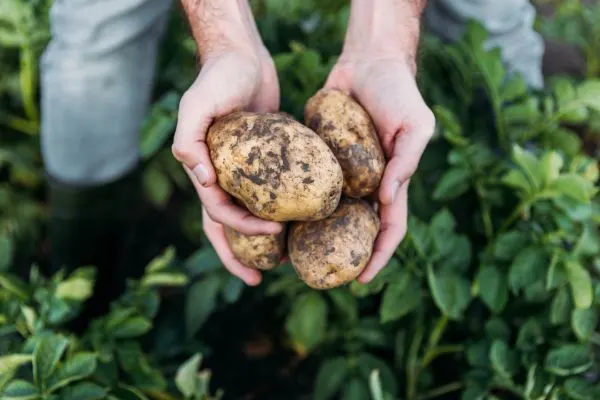
Potato bugs are a problem, as are aphids when you are growing potatoes, but planting a little horseradish as a companion can reduce the risks of both. Aphids definitely don’t like the powerful scent of horseradish and it’s said to be the same for potato bugs, so give this pairing a try and see what you think. Come next harvest, you might just be very happy that you did!
5. Rhubarb
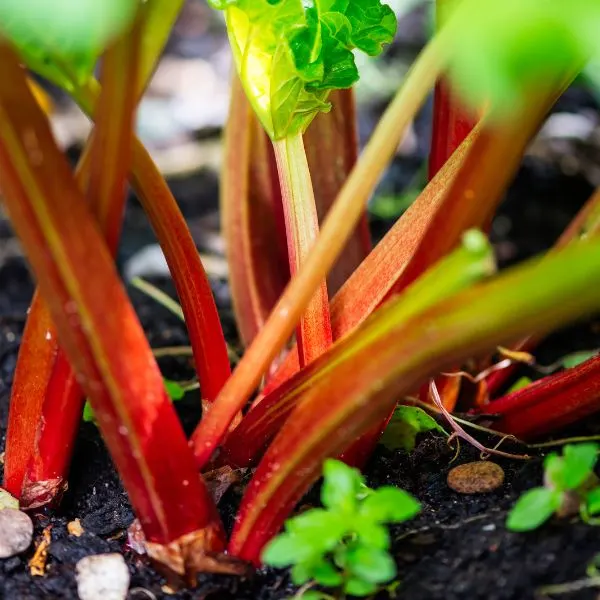
Rhubarb is another plant that you can pair up with horseradish, although it’s kind of a one-way street. The powerful horseradish will help to keep the pests out of your rhubarb and while the rhubarb doesn’t really return the favor, it won’t be competing for resources enough to harm your horseradish so it’s fine to plant them together anyway!
6. Peppers
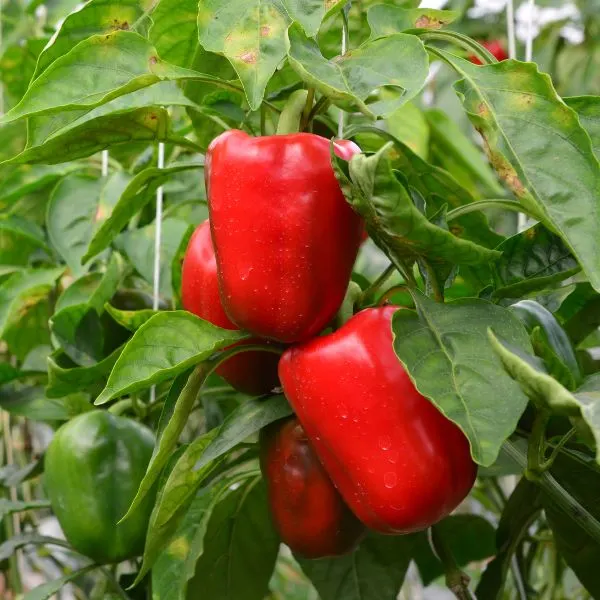
Peppers and horseradish work well together on your plate but they’re also good buddies in the garden. Both peppers and horseradish are quite good at keeping pests away, so they can help each other with any ‘holes’ in their security and they won’t be fighting over resources. Both plants like full sunlight, as well, but peppers are a little taller. Thankfully, horseradish can still grow quite well with a little shade from time to time, so they’re still a pretty good pairing with your peppers.
7. Pumpkins
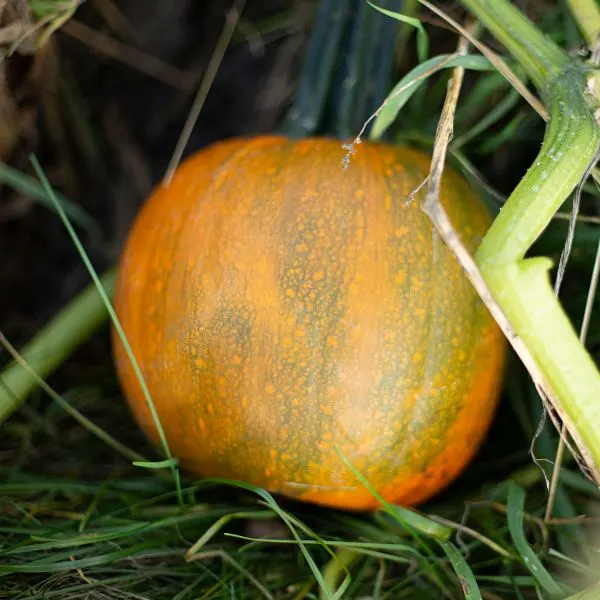
Pumpkins are a lot of work. While they can grow to be big, beautiful gourds, they have a long growing season and during this time they’re going to be vulnerable to a lot of different pests. This is where your horseradish comes in. Planting some horseradish around your pumpkins will help to create a natural barrier by putting them under your horseradish’s protection. The pumpkins won’t be returning the favor, but they won’t hurt your horseradish either so this is a pretty good pairing for pumpkin fans.
8. Radishes

While horseradish tends to scare away the worst of the pests, Nature finds a way so that every plant or animal is going to have a natural enemy that wants to eat them. With horseradish, that’s a pest known as a flea beetle. When flea beetles find horseradish, they start feasting on the leaves, but planting radishes with your horseradish will draw their attention more. When you see that they’re after the radishes, it’s quick work to take a hand vacuum and to simply suck them right up off the radishes.
As such, this is a pretty good deal for both plants, since it allows you to easily manage a pest that can get the best of both of them1
9. Strawberry
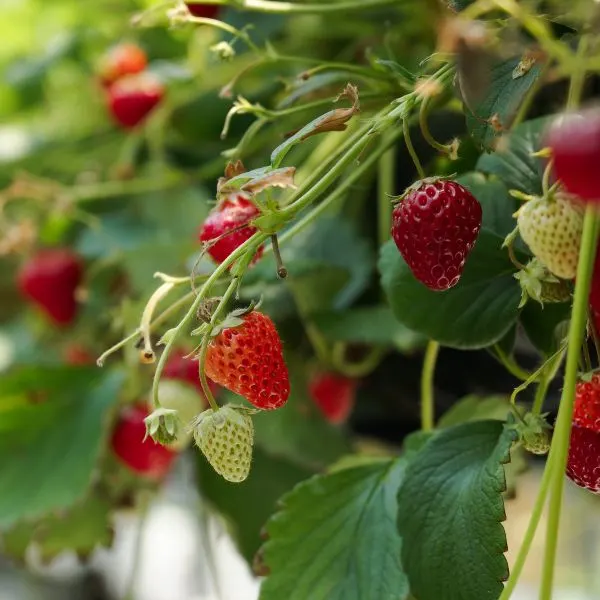
Strawberries are delicious and unless you’re allergic to them, they’re certainly nice to have growing in your garden. The problem, of course, is that lots of pests have their heart set on eating those yummy berries, too, and that’s where horseradish can step in and make a difference.
Horseradish has an attitude, after all, and that’s why we grow it. That strong taste that you get will also make itself known from the scent of the plant growing, and it even extends to the roots so that any animal that nibbles them will get a diluted ‘horseradish kick’ from it. While their flavors couldn’t be different, in the garden these two are quite the perfect pair.
10. Tomatoes
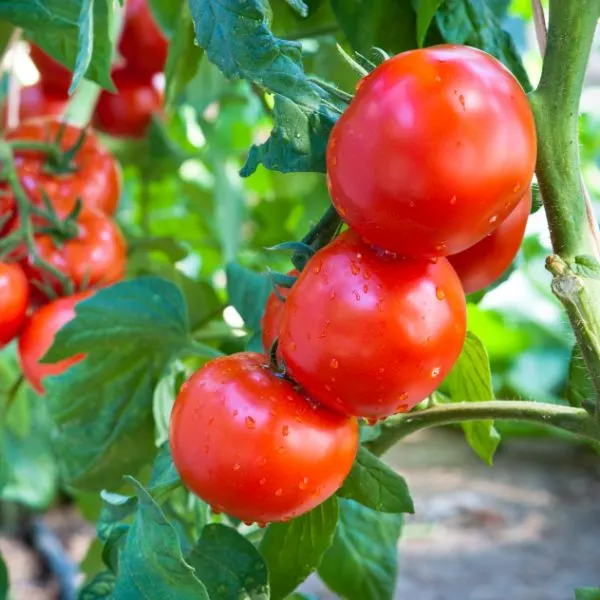
If you grow your tomatoes with some horseradish nearby, then your horseradish will help to keep a large chunk of pests away and make your yield a little bit more bountiful. You can also fence in the tomatoes with your horseradish, the roots will even help to keep burrowing critters away, as they really don’t like the taste enough to keep investigating.
While the tomatoes won’t really do anything in return, it’s still a great pairing where your tomatoes are concerned.
Bad Companions For Your Horseradish
Now that we have talked about some of the good pairings, it’s time to flip the coin and talk about some plants that might not be so well-suited as a neighbor for your horseradish. We’ll tell you a little about each and our reasoning behind it so that you’ll have what you need to make the best decision in your own garden. Let’s take a look!
1. Beans

Beans are a favorite in many a garden, but you should keep them away from your horseradish due to their relationship with nitrogen. Beans can create nitrogen in the soil, which you’ll have to consider if you want to plant them together. When the nitrogen levels are too high, Horseradish roots can start forking, so it’s probably for the best to just keep it far away from your beans.
2. Broccoli

While they’ll get along just fine while both are growing, it’s probably not a good idea to plant your horseradish next to your broccoli. The problem is that broccoli attracts quite a lot of pests and when you harvest it, there’s a good chance that these will spread to your horseradish. As such, it’s generally a better option to give these two a little space.
3. Brussel Sprouts
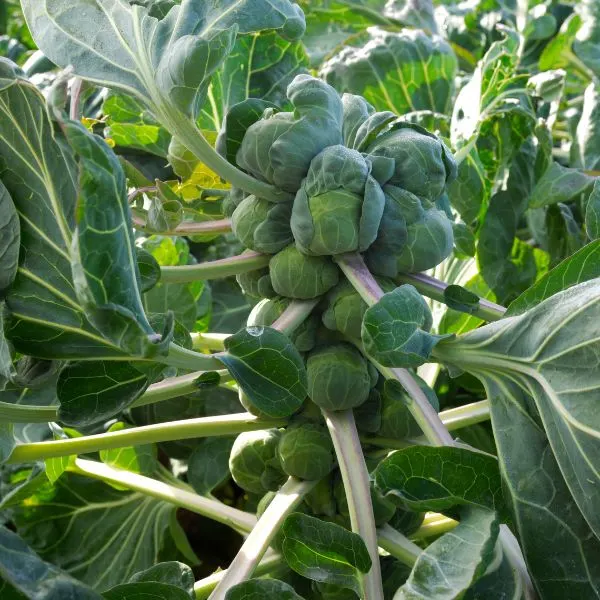
Like broccoli, Brussel sprouts spend quite a lot of time in the ground, attracting hungry pests that can transfer over to your horseradish when it comes time to harvest them. It’s better to put them a little or even a lot further away, as it’s really not worth the risk and there are some better natural deterrent options for your Brussel sprouts, anyways!
4. Cabbage
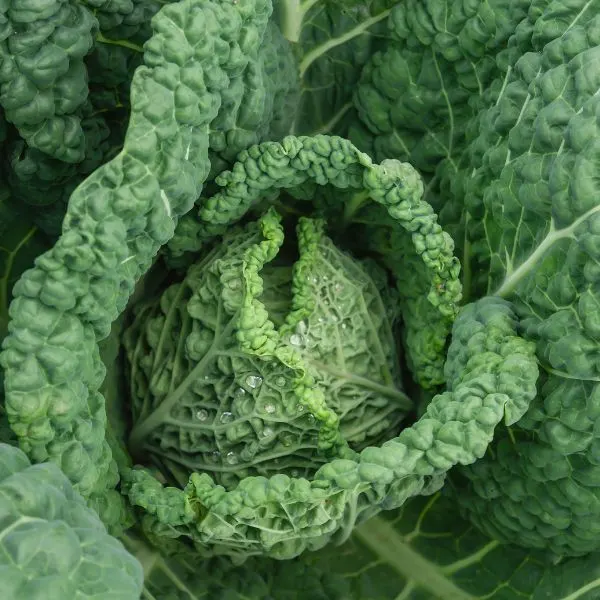
Cabbage likes to have at least 6 hours and while horseradish isn’t so tall at only 2 feet, it’s about twice as high as your cabbage plant and will surely throw it a little extra shade throughout the day. Aside from this, cabbage is also a high priority target for insects and animals and placing your horseradish close to your cabbage will make it more susceptible to occasional nibbling than it would be somewhere else.
5. Cauliflower
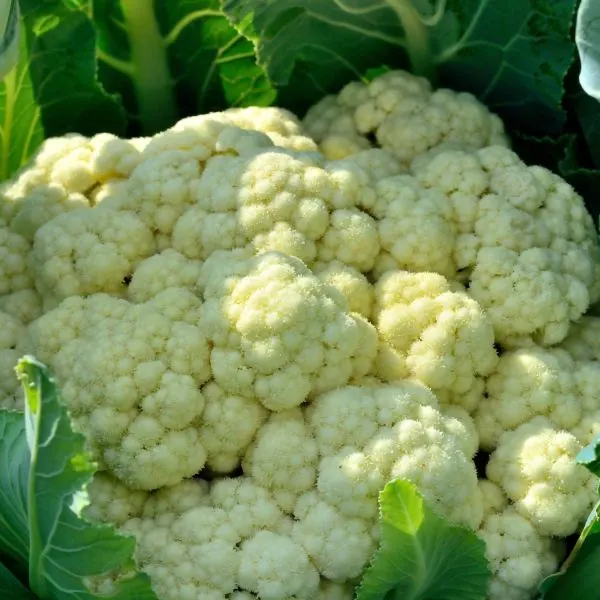
Cauliflower has a full-grown height of about a foot and a half, while your horseradish can max out at about 2 feet tall. This wouldn’t be a huge problem for your cauliflower getting enough sunlight, except for the fact that it grows very slowly. As such, faster-growing Horseradish might well shade your developing cauliflower and make its slow development even slower!
6. Celery
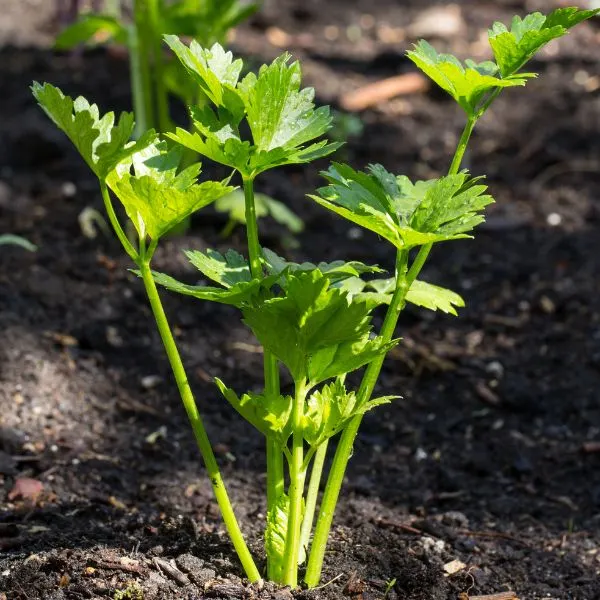
Celery attracts a lot of aphids, which in turn can attract ants that want to eat those aphids. With horseradish nearby, it’s going to be more susceptible to these as well. Aphids aren’t so bad in small colonies, but if you get a concentration then you can end up with misshapen or stunted plants and these little critters can also pass along viral diseases. As such, it might be better to just keep your horseradish away from your celery so that this won’t be an issue.
7. Cucumbers
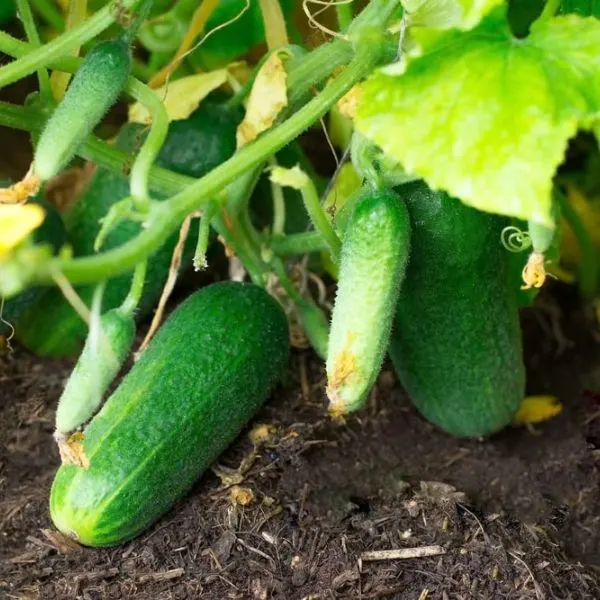
While your horseradish can grow in partial shade, pairing it with taller, vining cucumber plants may not be the best match when plotting your plant placement. Horseradish can spread quite easily and if left alone for too long, the roots systems can be deep and hard to remove. This makes for a good reason not to keep it too close to your cucumbers, but rather somewhere you can keep a better eye on it and not worry so much about it spreading unchecked.
8. Kale
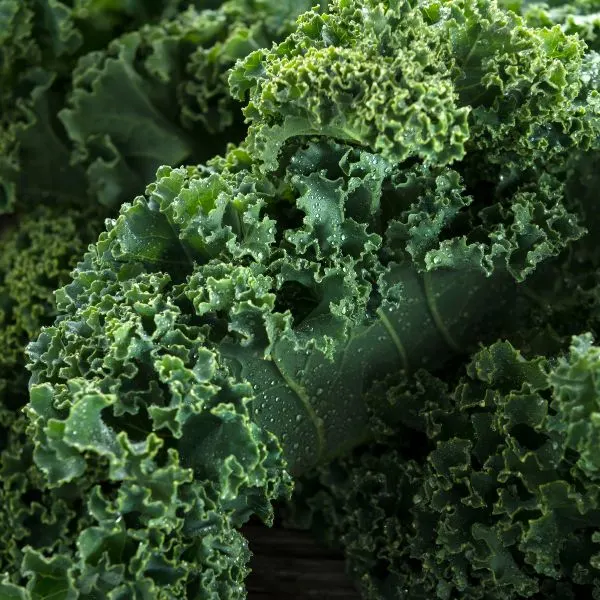
While kale could technically be grown with your horseradish, it might not be such a good fit. Kale, like a lot of veggies on the ‘bad companion list’, is going to attract all kinds of hungry insects, who in turn will take a nibble of your nearby horseradish. If that’s not a problem, then they will certainly grow together, but it’s definitely not the most advantageous pairing you could plan.
9. Peas
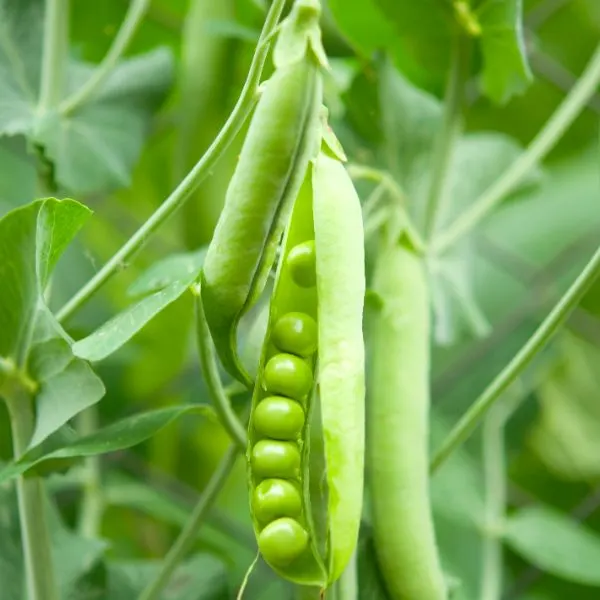
Like beans, peas are little nitrogen factories, making the ground much more comfortable for them but not necessarily so much for your horseradish. Since too much nitrogen could cause your horseradish to get forked roots, it’s better to avoid this pairing.
Even if those peas don’t generate enough nitrogen on their own to do any damage, you’ll have to double check your fertilizers and if you forget that then the nitrogen spike could really make for a messy situation. It’s easier and much more practical to take the math out of the equation and just keep them separated.
10. Turnips
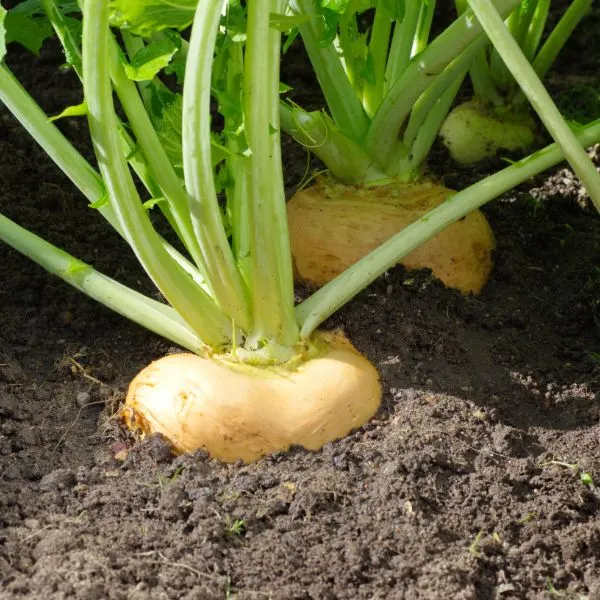
Turnips are short plants, but they like to get full sunlight, so horseradish is already looking like a bad match. When you add in that horseradish prefers a well-draining soil, while turnips like a moisture-retaining one, then it’s a much better option to simply give each their own side of the garden and consider the problem solved!
FAQs
While it’s just about time for us to go, in order to fill in a few gaps that we might have missed along the way we’re going to include some frequently asked questions on companion planting and horseradish. We hope that you’ll find the answers useful and they’ll help a little once it’s time to plan and get your companion planting started!
What are the benefits of companion planting in your garden?
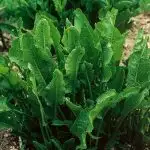
Companion planting can help to increase your garden’s yield and the right pairings can even improve flavor. All it basically boils down to is picking plants that will work together efficiently to help get rid of the other’s pests, provide shade, or in some other way will contribute to the well-being of their neighbor. In some cases it’s a one-way street, but the best pairings are often the ones where both plants are getting perks from their neighbor in the rows.
Can you plant herbs with horseradish?

Yes, most herbs are going to be great companions for horseradish, especially if they are vulnerable to pests or burrowing animals that might want to gobble them up. The scent of horseradish will help to keep those pests away aboveground, while its strongly-flavored roots will help to provide a little protection underground.
What kind of soil does horseradish like?
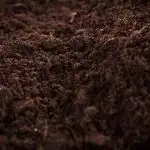
Horseradish does best in loamy soils, but it can grow in just about anything. So, when you are considering what to plant with it just keep that in mind. While loamy soil is ideal, you’ve got a lot of room when it comes to what you can plant your horseradish in or around.
Do plants grow better near each other?
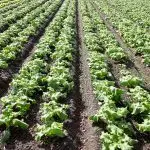
It really depends on the pairing, but when two types of plants compliment each other by providing shade, insect or animal repellant, or even improved soil conditions, then planting them close is usually going to be fine. The most important thing to consider is what nutrients they need, as well as how much sunlight, and what type of soils they like. The goal is to make sure that they aren’t competing for exactly the same resources if they are planted close to each other.
You don’t have to plant them right next to each other, though. Plants can be within 2 to 3 rows of each other and still be considered ‘companions’, just keep in mind that those perks you are wanting are going to need a little close proximity if you really want to make the most of a good pairing.
Can you grow horseradish in pots?
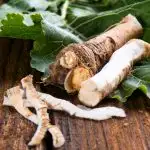
Horseradish has really deep roots that can be a bit of a pain to remove if you let it grow a bit unchecked. If you would like to do some companion planting with horseradish to get the benefits without having to worry about the root system, then growing it in pots close to other plants is a perfectly acceptable compromise.
This won’t work with all pairings – for instance, carrots prepare the soil for horseradish, so in that scenario pots wouldn’t really work, but as a nice insect repellant option some potted horseradish can really do the trick nicely!
In Conclusion
In today’s article we’ve taken a look at 10 of the best companion plants for horseradish, as well as 10 of the worst. As you can see, horseradish is actually quite amenable to more pairings than most other plants, so you’ve definitely got a wide range of possibilities when it comes to your companion planting.
Just remember that it has deep root systems, loves loamy, well-draining soil, and that it can help as a natural repellent if you have some plants that the pests really got into last year. Once you’ve strategized and picked some good pairings, you’ll end up with a much more organized garden and with a little luck, a yield that you’re really going to be delighted with!
Until next time, we appreciate your visit and we hope to see you again soon!
More companion plants
